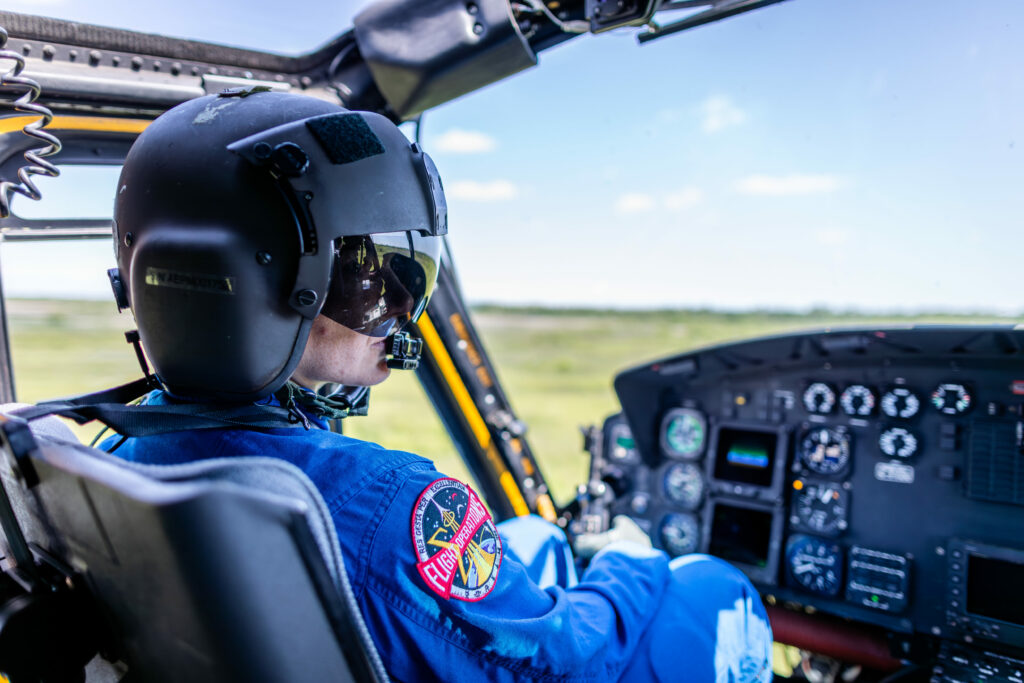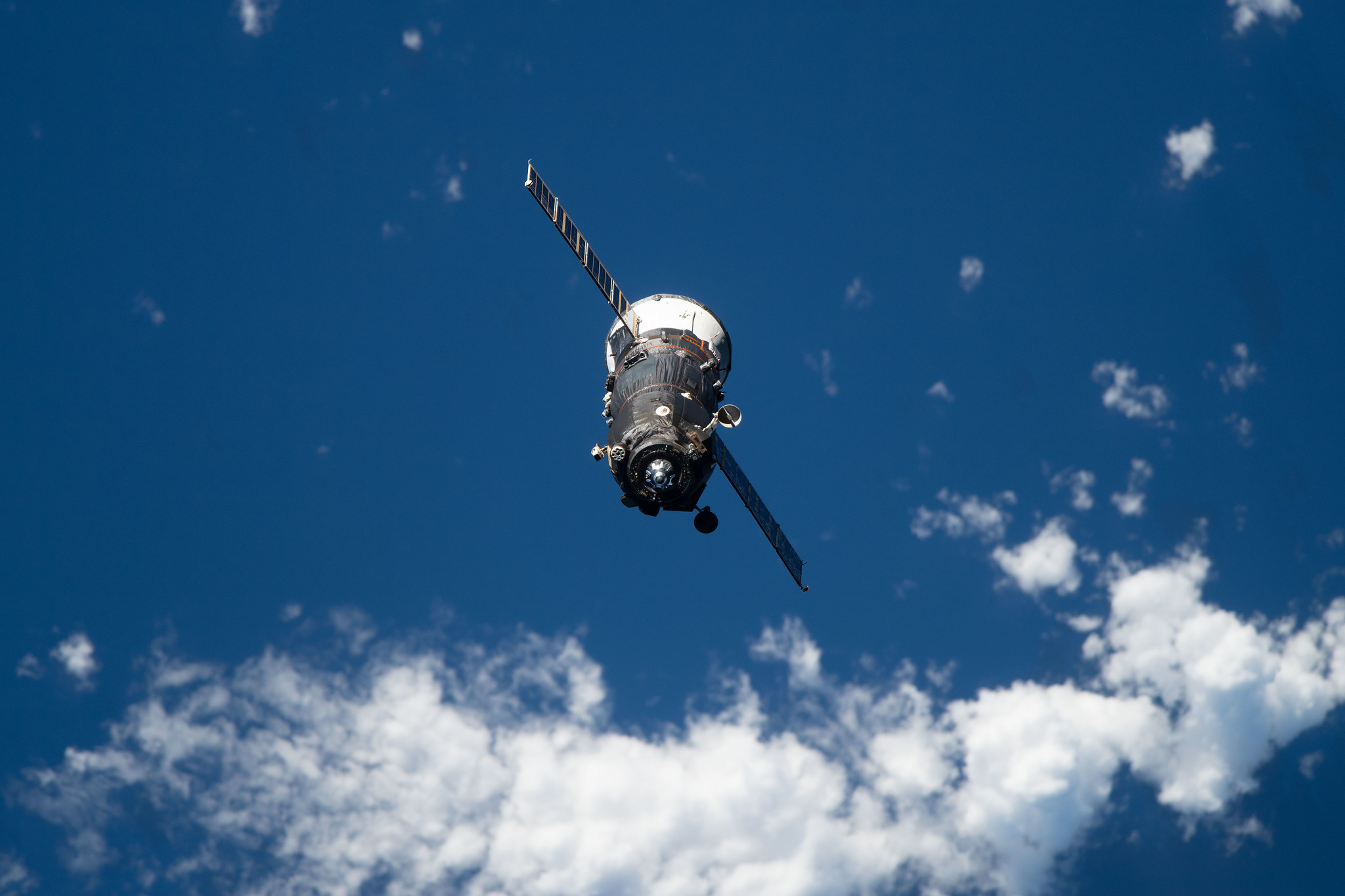


NASA astronaut Jenni Gibbons, the Canadian backup astronaut for the Artemis program, recently participated in helicopter training with the Royal Canadian Air Force (RCAF) at 3 Canadian Forces Flying Training School in Portage la Prairie, Manitoba. The training took place from June 10 to 14, 2024, and was aimed at preparing Gibbons for advanced helicopter training with NASA as part of the Artemis program. This collaboration between the Canadian Space Agency (CSA) and the RCAF highlights the versatility and expertise of the Canadian Armed Forces and underscores Canada's commitment to space exploration and its role in supporting international missions to the Moon and beyond. Gibbons and fellow CSA astronaut Col Jeremy Hansen were provided with ground instructions and hands-on experience flying the Bell 412CF training aircraft by RCAF instructors. This training opportunity builds on the partnership between the CSA and the RCAF, with Hansen having undergone similar training a few years ago [34529a50].
In addition to Gibbons' helicopter training, NASA astronaut Dr. Jeanette Epps, a mission specialist on NASA's SpaceX Crew-8 mission, recently captured a stunning photo of the Central New York region from the International Space Station (ISS). The photo showcases the Finger Lakes, Lake Ontario, and Oneida Lake. Dr. Epps, who hails from Syracuse and graduated from Thomas J. Corcoran High School in 1988, launched to the ISS on March 3, 2024, and will spend approximately six months conducting scientific experiments and maintaining the space station. Dr. Epps holds a Bachelor of Science in Physics from LeMoyne College and a Master of Science and Doctorate of Philosophy in Aerospace Engineering from the University of Maryland [9985f029].
Another NASA astronaut, Don Pettit, is scheduled to embark on his fourth mission to the International Space Station (ISS) in September 2024. Pettit will serve as a flight engineer and a member of the Expedition 71/72 crew, launching on the Roscosmos Soyuz MS-26 spacecraft. Accompanied by Roscosmos cosmonauts Alexey Ovchinin and Ivan Vagner, Pettit will conduct scientific investigations and technology demonstrations during his mission. His previous missions include serving as a science officer for Expedition 6 in 2003, operating the robotic arm for STS-126 space shuttle Endeavour in 2008, and serving as a flight engineer for Expedition 30/31 in 2012. With a total of 370 days in space and two spacewalks under his belt, Pettit's expertise will contribute to NASA's understanding of long-duration spaceflight and the expansion of commercial opportunities in low Earth orbit [eedf361a].
Sunita Williams, another NASA astronaut, is also preparing for her third mission to the ISS. Williams will be the pilot of the Crew Flight Test mission aboard Boeing's Starliner spacecraft, marking the first crewed flight for that vehicle. She has spent a total of 322 days in space over the course of her two previous missions, Expedition 14/15 from December 2006 to June 2007, and Expedition 32/33 from July to November 2012. Williams will lift off aboard Boeing's Starliner spacecraft and dock at the ISS, where she will stay for about a week. During her time aboard the ISS, Williams conducted extensive scientific research, including experiments on the effects of long-duration spaceflight on the human body. She also performed multiple spacewalks and retains the record of spending more time walking in space than any other woman [eedf361a].
The International Space Station (ISS) serves as a critical testbed for NASA to study the challenges of long-duration spaceflight and to develop technologies and techniques for future missions. It also provides a platform for international collaboration, with astronauts from various countries working together to conduct scientific research and advance our understanding of space. Pettit and Williams' upcoming missions will further contribute to these efforts and help pave the way for future space exploration endeavors. Additionally, Gibbons' helicopter training with the RCAF demonstrates the ongoing commitment of Canada to space exploration and its role in supporting international missions [34529a50].
NASA will provide live launch and docking coverage of a Roscosmos cargo spacecraft carrying about three tons of food, fuel, and supplies for the Expedition 71 crew aboard the International Space Station. The Progress 88 spacecraft is scheduled to launch at 5:43 a.m. EDT on May 30, 2024, from the Baikonur Cosmodrome in Kazakhstan. After a two-day journey, the spacecraft will automatically dock to the space-facing port of the station's Poisk module on June 1, 2024. The spacecraft will remain docked for almost six months before departing in late November. The International Space Station is a platform for research and a springboard for NASA's exploration missions to the Moon and Mars.